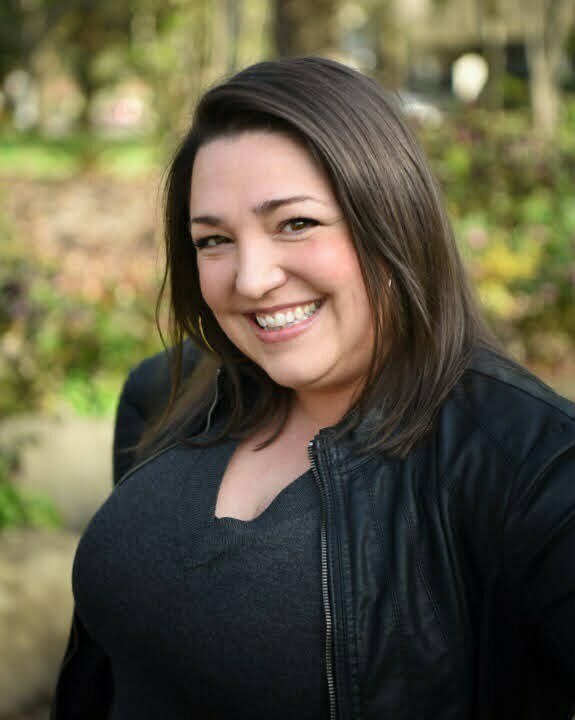“But moooo-oooom, I don’t know what to draw!” If you’ve ever heard this or a similar sentiment (perhaps even from your own internal thoughts) this post is here to help! Like most things, being good at making art is all about practice and developing fine motor skills. You don’t have to feel creative, or have “good” ideas of what to paint or draw in order to get better. The more you practice, the better you will become, and the more you practice, the more your creativity and ideas will come to you.
Draw whatever is in front of you.
Not only does this take away the difficulty of finding something to inspire your creativity, drawing the random things in front of you develops your eye for detail. Another way to develop your ability: try drawing something from a photograph, in a magazine, on your phone, etc. Because a photo is a 2 dimensional representation of a 3 dimensional object or scene, this re-configures the dimensional depth you see around you into something flat, which makes it easier to represent what the eyes see on paper.
Have you ever sat down to draw or paint something you very definitely knew what it looked like but couldn’t figure out how to get it right? I distinctly remember this experience the first time I tried to draw a giraffe. I started to draw the head and neck (very long), eyes, ears, and I think little horns? Sort of like a horse face?… then started laughing at the odd creature on the page that looked nothing like a giraffe. We can all see things in our “minds eye”, or recognize them instantly, but knowing the details and proportions and features that make things distinct can be made so much easier by copying an image of it first.
Steal like an artist
Another way to get inspired to make art is through other artist’s work. Looking at art books from the library, finding murals around your city, museum exhibits, or even online. Check out this list of world class museums that offer virtual tours or online art exhibits, including the Louvre, the Met, and Smithsonian.
Consider doing a mash-up of your favorite artists, their style or characters. How would Michelangelo have painted your family hamster on the ceiling of the Sistine chapel? How would Frida Kahlo have drawn Harry Potter at Hogwarts? Or what would your aunt look like drawn in Anime, or comic book style? Or think like a DJ and take pieces from artists you like and put them together. Copying artists you love will help you learn different techniques, and hey, practice is practice!
Create all the bad ideas
My favorite idea to stimulate creativity when you feel like you have no good ideas comes from the marketing guru, Seth Godin. He suggests, if you don’t have any good ideas, what are all your bad ideas? Just getting started thinking about all the bad ideas will get your creativity flowing, and you’ll most likely find that some “bad” ideas might actually be the most brilliant! So when you hear, “but, I don’t have any good ideas to draw!” Ask what all the bad ideas might be.
Drawing prompts
Search for drawing or writing prompts online and you will find more lists than you can shake a stick at. You can pick and choose the prompts to find ideas for creation, or you could do a weekly or even monthly challenge. Two monthly drawing challenges that are popular are Mermay (a month of daily mermaid prompts for May) and Inktober or Drawlloween (a month of Halloween inspired prompts for October). I have recently gotten into Drawlloween, hosted by the artist Mab Graves on Instagram during October. She creates the lists of prompts, and draws or paints something each day along with the Drawlloween community that draws, paints, sculpts, creates, and shares pictures together. She encourages artists to create kid friendly pieces since it is for all ages, and also prompts participants to recognize and support each others’ work. Plus it is a great motivator to try to create something every day for a month! But don’t wait for October, start your own drawing, painting, crafting challenge for you and yours!
Creating art should be fun and engaging, but so often when we want something too much it leads us to get stuck in our own way. Come back next week for some ideas on how to make friends with your inner critic and move past mental blocks.





